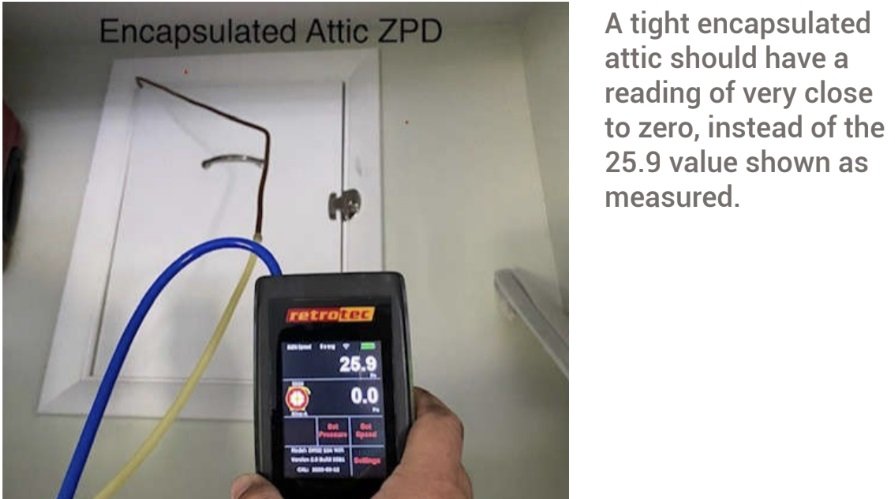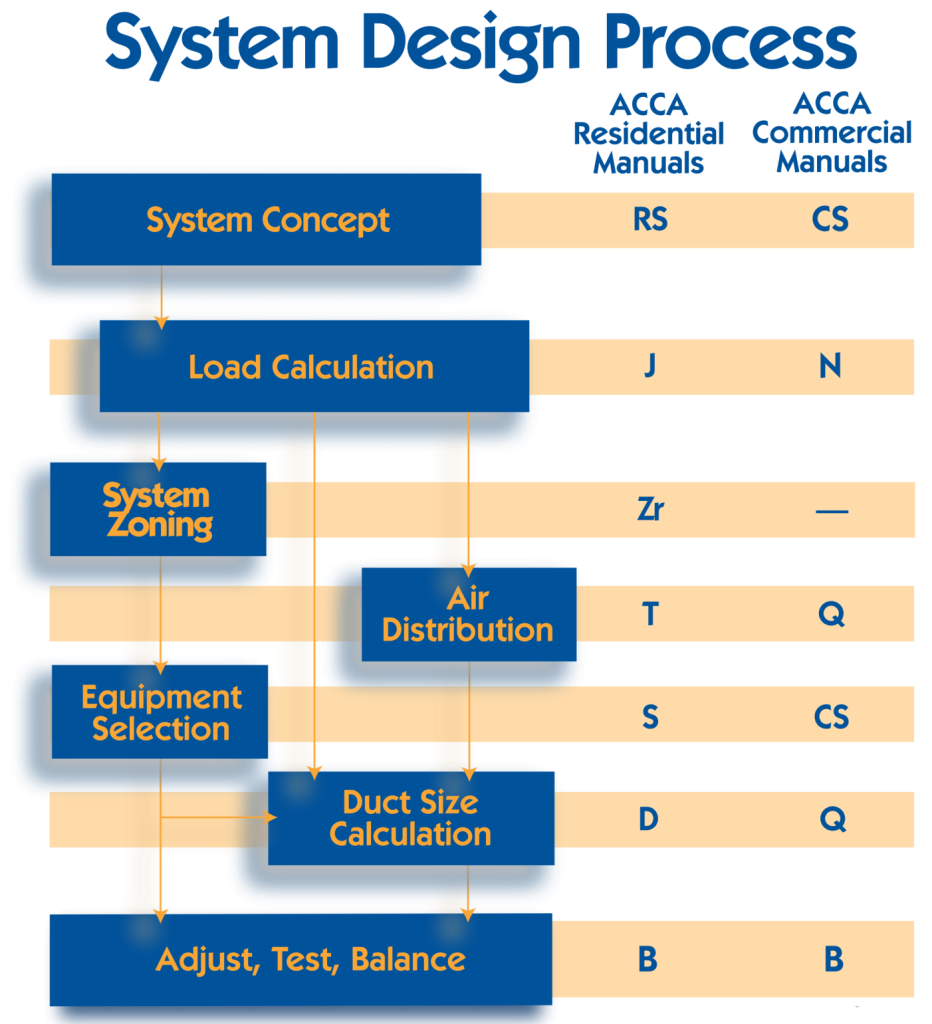Get Tech Tips
Subscribe to free tech tips.
Solving Comfort and IAQ Issues in a Vintage Home: A Case Study
This tech tip is a recap of the Santa Fe Dehumidifiers and Comfort Dynamics, Inc. case study about a 1941 vintage home in Miami, FL. You can listen to the podcast about that case study by clicking the play button below, and you can read the case study at https://hvacrschool.com/case-study. Special thanks to Nikki Krueger and Genry Garcia!
Genry Garcia and Nikki Krueger are some household names here at HVAC School, and they joined forces to put together a case study for something we don’t seem to talk about enough: controlling IAQ in “vintage” homes that weren’t built to the same building tightness standards we use today.
For those of you who don’t already know, Genry Garcia owns Comfort Dynamics, Inc., an HVAC design consulting company in Miami. He regularly helps homeowners address their comfort problems, especially as they relate to humidity control, building envelope, and the hot, humid climate of Miami (Climate Zone 1).
Genry recently got the chance to work on a unique case study and took an interesting approach to home diagnostics and IAQ solutions. Nikki Krueger with Santa Fe incorporated the data into a case study.
The case study details a truly holistic solution that addresses the customer’s specific pain points, but it only tells part of the story; it doesn’t talk about Genry’s thought process and reasoning. That’s what this tech tip and its companion podcast episode explore. These features will cover the process from start to finish, including Genry’s rationale behind some of his nontraditional design choices.
If you want to learn a bit more about Genry’s work before diving in, you can check out his series of tech tips about zonal pressure diagnostics (part 1, part 2, part 3) and oversized equipment (part 1, part 2).
Part 1: Identifying the Problems
The house is a 1400 sq. ft ranch-style home built in 1941 over a crawlspace with ductwork running through the attic. As with any HVAC job, Genry went into the case by letting the homeowner tell him about the comfort complaints they were experiencing.
The occupants were sensitive to indoor pollutants, which was their main concern, and the heavy musty odor of the home stood out right from the first visit—especially since the home was very clean.
Genry gave the client the option to do a home performance assessment (HPA), which includes, but is not limited to, a blower door test, load calculation, and zonal pressure diagnostics.
There were three main problems:
- Pollutant sensitivity
- Temperature fluctuations
- High humidity (or “mugginess”)
Initially, the homeowner thought that the house was too tight. Even though Genry thought it was unlikely, it wasn’t impossible, and he did some testing and investigation to find the whole story.
Part 2: Diagnostics
The crawlspace was not fully encapsulated, and the attic encapsulation job was less than ideal; the crawlspace access was sealed properly, but the blower door test revealed higher leakage than expected under those conditions.

Photo Credit: Santa Fe Dehumidifiers & Comfort Dynamics, Inc.
Genry performed zonal pressure diagnostics (ZPD) on the house to see where the leakage was coming from (with reference to the attached unconditioned zones, which would be the attic and the crawlspace).

Photo Credit: Santa Fe Dehumidifiers & Comfort Dynamics, Inc
Upon closer inspection via ZPD, it was determined that the crawlspace was indeed not fully sealed and that there was enough flow moving through the attic under the blower door-induced pressures to question its tightness, too.
On top of that, the HVAC system had runtimes that were too short to remove enough moisture from the home. In a leaky home in a humid climate, that oversized system was a big problem and would surely contribute to the poor humidity control and consequent poor IAQ of the home.
Genry offered paths that would likely lead to solutions for the homeowner: sealing the building envelope and improving the HVAC was at the top of the list. The homeowner secured bids for improving the airtightness of the home and a complete overhaul of the HVAC system. But the budget wasn't large enough to cover both. In the end, the client chose to dedicate the bulk of the budget to improving the HVAC.
Part 3: The Solution
Genry decoupled the latent load from the sensible load by installing a dehumidifier and a new, smaller central HVAC system.
He also needed to install a dehumidifier that would handle the latent load at 75 degrees Fahrenheit and 50% relative humidity. Ultimately, he chose the Santa Fe Ultra98H Whole House Ventilating dehumidifier, which also allowed him to bring in ventilation air for better IAQ.

He also replaced the 3.5-ton split HVAC system with a 2-ton inverter system. The performance data for this system came in at 84% of the total load. The customer bought all-new ductwork for the HVAC system, which allowed Genry to have more control over the supply static pressure. Having that control over static pressure can play a key role in delivering the performance a homeowner needs.
With the new dehumidifier, it was possible to bring in the much-needed outdoor air via proper ventilation. Once completed, 45 CFM of ventilation air was measured. Genry also installed and commissioned a HAVEN Central Air Monitor and Controller.
What About the ACCA Manuals?
During the process, Genry made some aggressive design choices that didn’t necessarily align with the ACCA Manuals’ suggestions.

Genry opted to decouple the latent load from the sensible, which meant he needed to pick out a dehumidifier with enough output at the adjusted capacity for 75 degrees and 50% RH, plus handle the ventilation airflow. The Ultra98H checked both of these boxes.
Decoupling the sensible and latent loads gave the practitioner a little more leeway when choosing an HVAC system than one would normally expect when consulting Manual S. Normally, the Manual S recommendation establishes that the equipment must meet at least 90% and no more than 130% of the Manual J sensible load. The selected system handled only 84%. However, that was an informed decision on Genry’s part due to the removal of the latent load via the dehumidifier. A 3-ton inverter system would have fallen within the Manual S guidelines, but there was no need for it under the conditions Genry created.
The Manual D is that the ducts should move 700-900 FPM on the supply side. In the solution provided for this project, the maximum air velocity was 600 FPM, and the lower end was closer to 300-400 FPM during part load conditions. Even though the system didn’t follow Manual D to a T, the logged data and the reports from the occupants confirm that these decisions were made without consequences.
However, Genry has worked with these manuals for a long time and understands them very well. He went outside of the guidelines because he understood the manuals and knew how he could push the envelope for the customer’s benefit. He didn’t bend the rules without reason.
Part 4: Post-Solution
Genry installed a HAVEN Central Air Monitor and Controller in the dehumidifier return duct system to determine when to bring in ventilation air. This monitoring and control system responds to VOC levels; the relative humidity reading was too unstable at installation to be a useful input for the controller. This system addresses the clients’ VOC sensitivities, and they have reported that they are happy with the results.

These IAQ monitors allow the customers and contractors to see real data about the indoor conditions in the home. When both parties have the data, they can form a stronger relationship based on trust. The readings also open the door for maintenance agreements, which benefit customers and contractors.
Once again, you can view the complete case study at https://hvacrschool.com/case-study, and you can listen to the podcast with Nikki and Genry at https://hvacrschool.com/case-study-podcast.











Comments
To leave a comment, you need to log in.
Log In